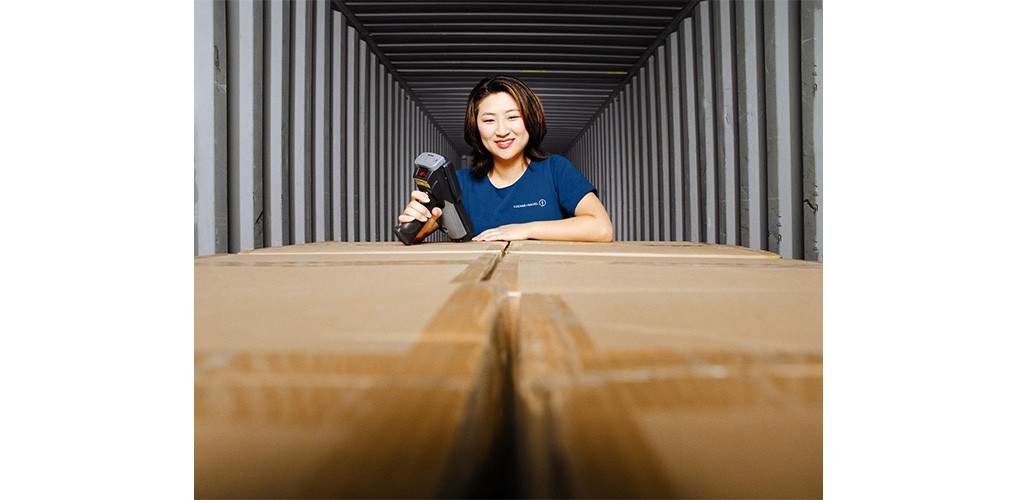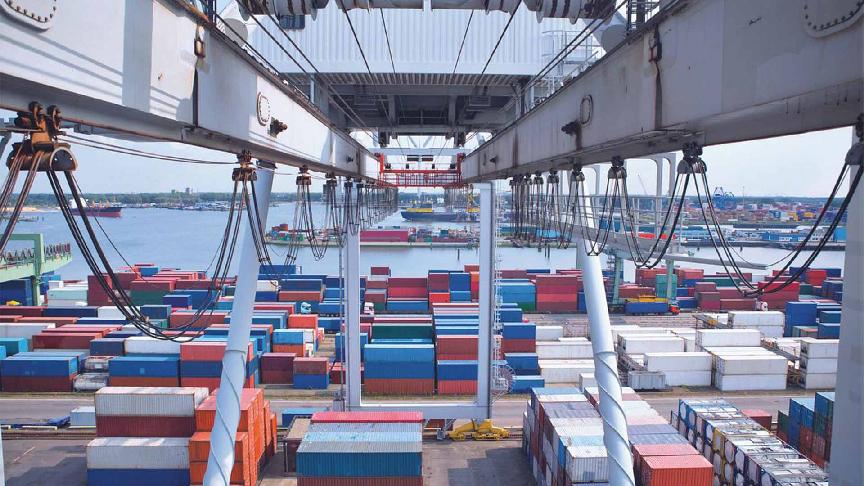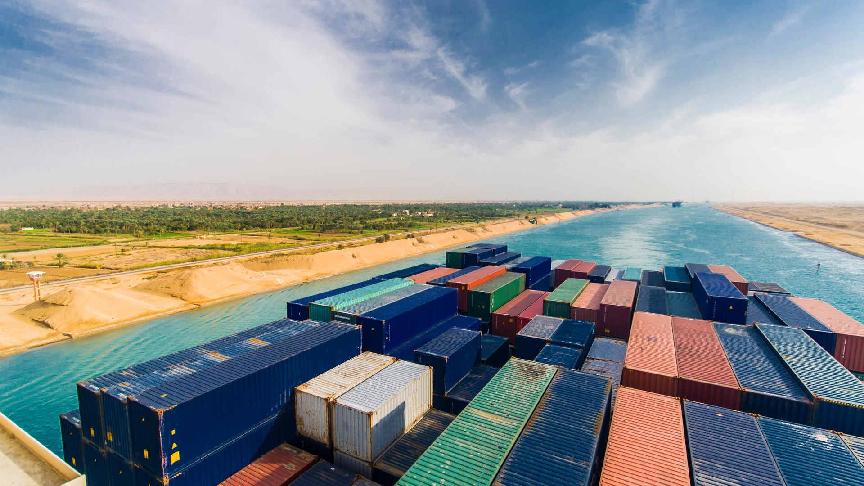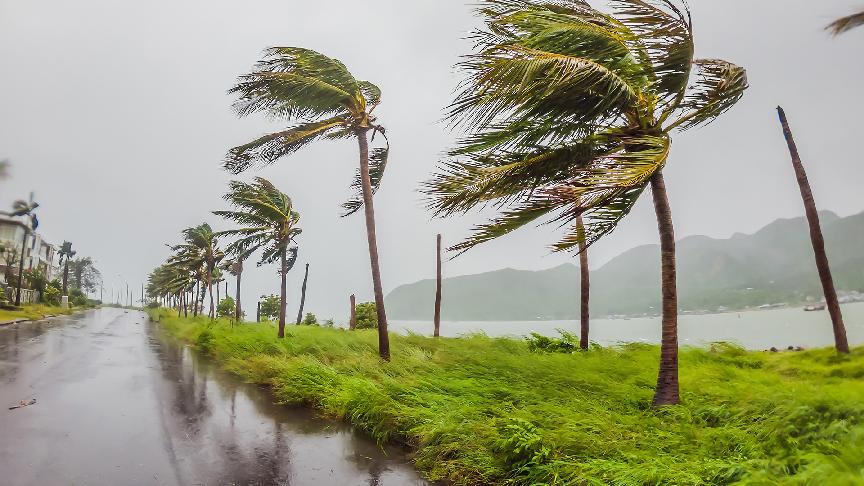by Manal Barakat, SeaNewsEditor
SeaNews Unboxed is a series of interviews featuring exclusive conversations with experts, bringing you closer to the people behind the world of logistics.
Interview highlights
- LCL (Less than Container Load) shipping is like taking public transport rather than driving your own car—multiple customers share space in one container, making it cost-effective for smaller shipments.
- Consolidating LCL shipments requires expert planning to maximise container capacity - similar to playing Tetris or packing a dishwasher efficiently.
- The key trait for working in LCL is readiness; being ready to adapt to new challenges and find solutions quickly, as every day brings different situations.
Full interview
Q: To start, what would be a good analogy that simply explains the difference between FCL and LCL?
Christoph Schwarte: I think you can compare it to your commute to work. You can either take public transport, where more than one person shares the same mode of transportation, or take your own car. In this example, taking your own car is similar to choosing FCL, and taking public transportation is LCL. We combine shipments from multiple customers into one container, which has both advantages and challenges.
Q: That's a very good and simple analogy. In terms of the operational side, is there a difference between LCL and FCL?
Christoph Schwarte: Not really. We are talking about shipments that need to be moved from point A to point B. That is essentially the same. Our consolidated containers are also on the same vessels as FCL containers. Therefore, at the end of the day, it is basically the same business. That being said, there are, of course, some differences operationally. One example is that since we have multiple customers in a single container, we must ensure that all necessary papers and documentation are in order for each shipment.
If there's an issue with even one of the shipments, it could hold up the entire container at customs. That would then cause problems for all the other customers. Therefore, we are meticulous and precise in everything we do. Another element is the pre and on-carriage. For these processes, we often rely on our KN overland network, for example, in Europe. That’s because we move pallets (small, packaged units of cargo) from a container freight station to a consignee or from a consignee to a container freight station; there's definitely an operational difference here compared to FCL. Additionally, we must ensure that the load factor of our consolidation containers is high.
Q: What do you mean by that?
Christoph Schwarte: If we only have two customers with one cubic meter of cargo each in a 40-foot container, then we have a lot of empty space, and it's not very efficient and not a good business model. Therefore, we need to make sure that the capacity of a container is utilised to the fullest extent possible or outsource shipments to an external service provider.

Q: That makes sense. What about the sector’s challenges? Does LCL face fewer or other challenges than FCL?
Christoph Schwarte: Well, they are essentially the same but also different. When it comes to the market, both sectors seek to take care of our customers and provide them with a reliable service. In terms of challenges, there are a few that we definitely need to overcome. Customers care about the safety of their cargo. The fact that there are several shipments of different sizes, weights and types of packaging in one container and each is handled individually could mean that the risk of damage is higher than that faced in FCL.
But to counter this argument, we have high-quality standards. We make sure that we secure cargo very well in our consolidation containers. I would even say that due to our expertise and experience, we probably secure the cargo better than customers when they load FCL containers. We make sure that there's no increased risk of damage to the cargo throughout transportation, as well as during the handling of cargo in any of our container freight stations.
Q: Is there a limitation to the type of cargo that can be shipped as LCL?
Christoph Schwarte: There are some limitations, such as anything that is temperature-controlled. Our consolidated containers are standard containers without any temperature control, which excludes pharma products and reefer cargo. This is completely off the table for us. Dangerous goods can be shipped as LCL to some extent, but it is more challenging. Foodstuff, lumber or any raw materials aren’t typically shipped as LCL as well. But if we're talking about FAK [editor's note: FAK stands for 'Freight All Kinds'], freight all kinds, or general cargo, it all works as LCL. If it fits in a container, it's good to go.
Q: Consolidation is also a big part of LCL. Can you tell us about that?
Christoph Schwarte: Absolutely, LCL always involves the consolidation of cargo. This is basically the process of putting the cargo of multiple customers into one box. The consolidation itself takes place at a container freight station or short CFS [editor's note: CFS stands for 'Container Freight Station,' a facility where cargo is consolidated or deconsolidated], where the cargo of multiple different customers arrives. Afterwards, we load all shipments bound for the same destination into one consolidation container.
For efficiency, we aim to get as much cargo into that container as possible. The consolidation itself is done by experts —that is a bit like playing Tetris. This might sound strange, but there are trained experts who are very good at packing those containers. You probably know the situation when you're going on vacation somewhere and you're trying to get all of your stuff into the trunk of your car, or when you’re trying to load as many dishes as possible into the dishwasher.
Q: Most people will surely relate to that. Can you please tell us about the structure of the LCL team at Kuehne+Nagel?
Christoph Schwarte: In comparison to some of the other teams at Kuehne+Nagel, we are a relatively small group of people. The core team globally consists of 40-50 people, and we need to work closely together. We know each other and make sure to help each other when needed. This is what I really like - connecting with people and interacting with the team. How the team sticks together is, in my opinion, what makes the LCL community function so well. It has been like this ever since I started almost 10 years ago with the team. We hear this a lot as feedback; people often refer to the positive energy of the team. It is something that really makes me want to get up in the morning and turn on my computer to interact with all those people from around the world.

Q: Is this what you like most about your job?
Christoph Schwarte: Yes, it is the fact that you deal with people from all around the world, different cultures. I have had days where in the morning I was talking to Iceland and then an hour later I was talking to Asia, different personalities, different cultures, different challenges. You're basically dealing with the entire world. This is not only true for LCL, but I think this is something that I like most about my job here.
Q: That's nice to hear. Do you remember a specific task that stood out to you, where you and the team worked exceptionally well?
Christoph Schwarte: Yes. I think our advantage is that we’re a small and tight-knit team that can react quickly to new challenges. There are fewer people that we need to involve getting something done. That is also why we are often the frontrunners in developments. We were the first to have with myKN an online quoting and booking tool for LCL in our industry. We also came up with the idea of having a quick and easy-to-use spot-quoting tool available for sales, which turned into the application SeaQuote later on. Also, for our RFQ Pricing Tool SeaTender, we were the first to work on the new application.
Another example that I can think of was during the COVID pandemic. There was a big demand for consumer goods and customers struggled to find enough space on ships to transport their goods. Despite all challenges, we as the LCL team managed to offer an alternative to customers, allowing them to ship at least some of their cargo.
Q: If you were to use a word to describe the best trait a person working in LCL needs to have, what would that be?
Christoph Schwarte: I would say flexibility, or for lack of a better word, maybe readiness. Essentially, a team member would have the ability to adapt to new challenges and to find a solution quickly. To have the mentality that whatever comes, you will take care of it. Whatever problem you face this morning, you will make sure to solve it. This is the mindset of the team. In LCL, some things cannot be planned or anticipated. Therefore, it’s important to be prepared for the unpreparable, if that makes sense.

Q: What else would you like our readers to know about the team and LCL at Kuehne+Nagel?
Christoph Schwarte: What I would like readers to know is that the LCL team at Kuehne+Nagel really focuses on the important things. We’ve been doing this for almost 60 years now, so there’s a lot of experience in what we do. But we don’t just sit on that experience; we are always looking for new ways to improve, to make things even better for our customers and for ourselves as a team.
When we look at a customer’s supply chain, we always try to find out how we can make it more reliable, more flexible, and ultimately more successful. That’s what drives us. The team has a great spirit - connected, open-minded, ready for whatever comes. I think that’s really what makes the LCL community at Kuehne+Nagel special.
Q: This is a great way to paint a complete picture. Thank you very much for this inspiring talk.
Christoph Schwarte: Thank you.






